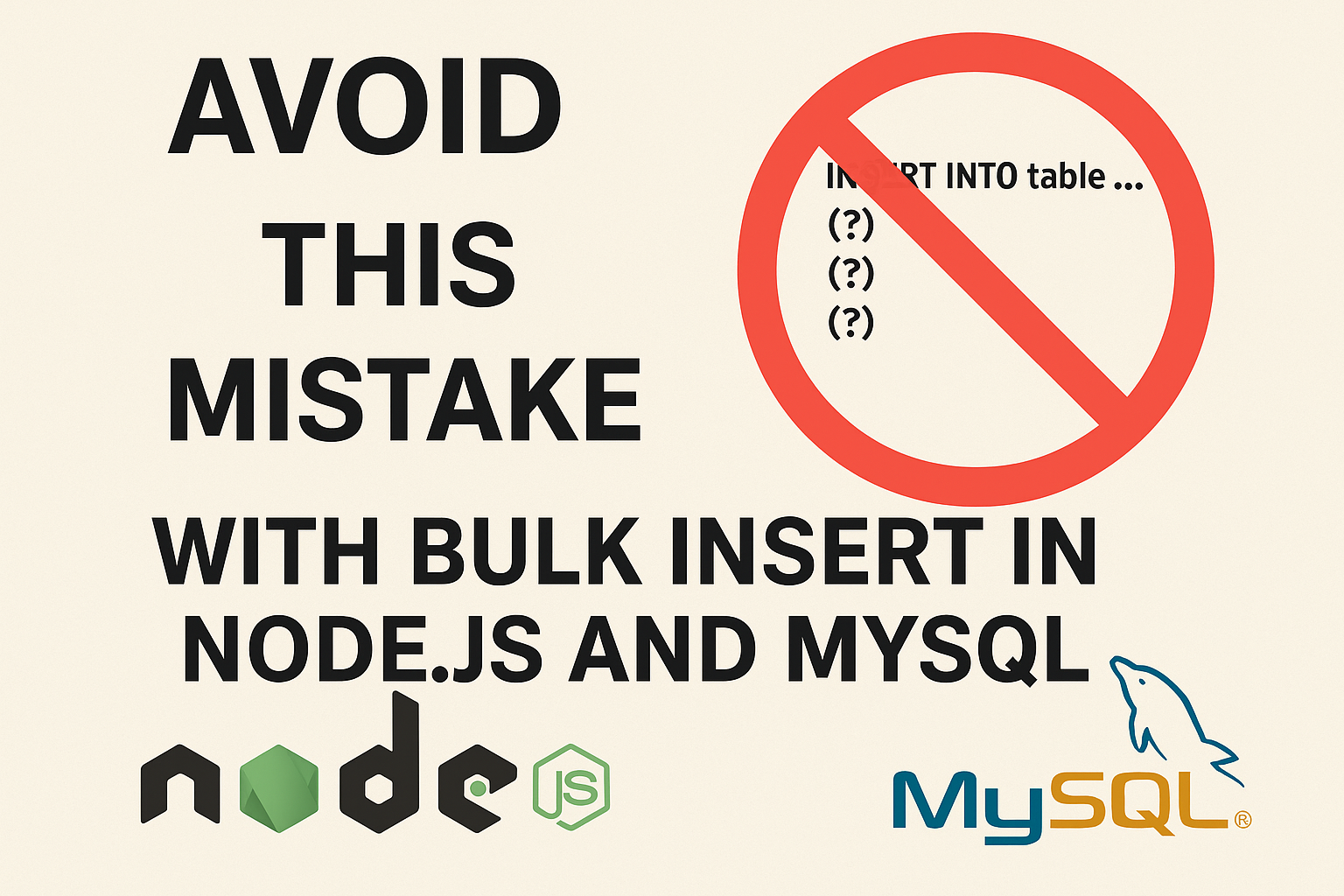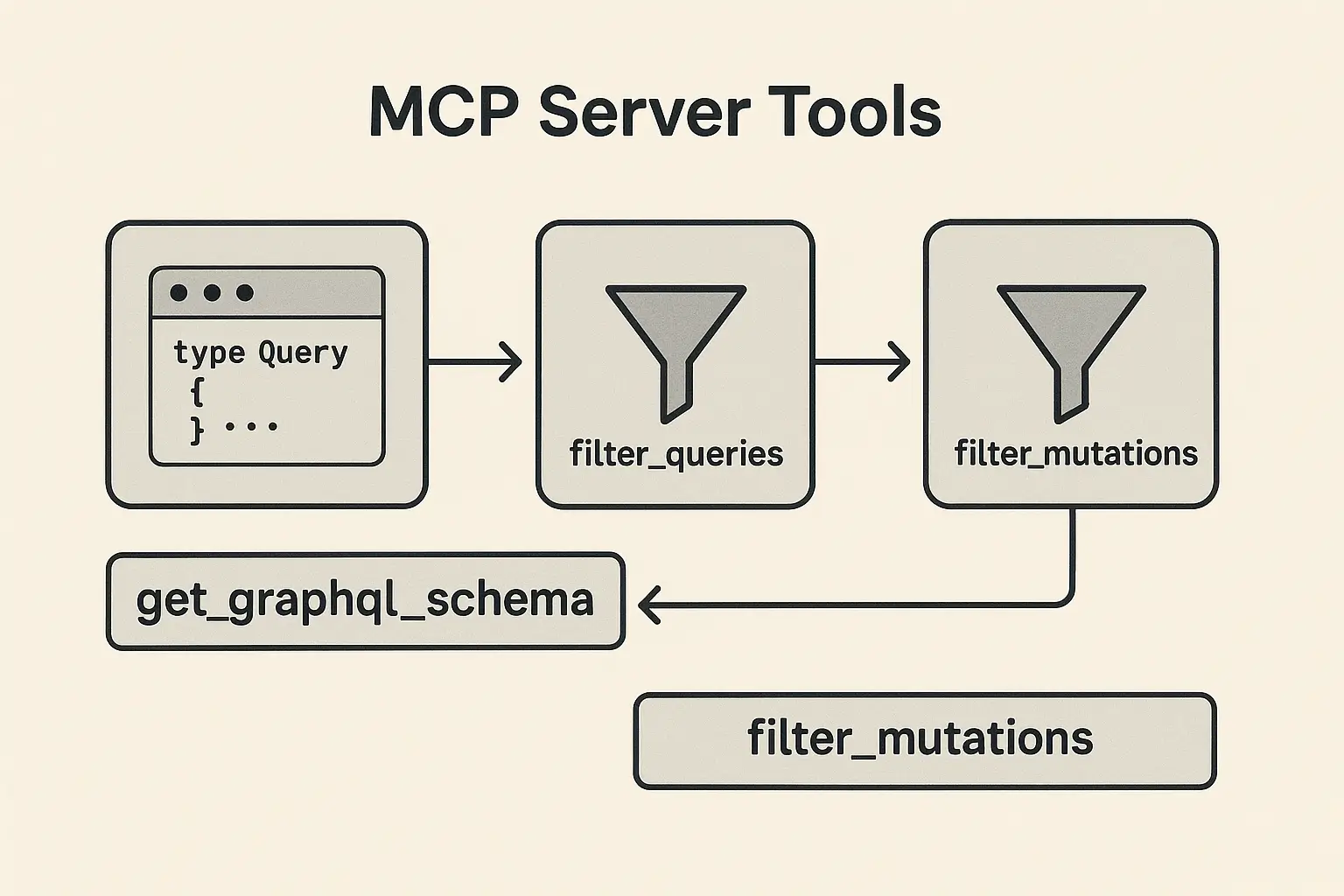Understanding Threads and Processes in Ruby: Optimize Performance on Multi-Core CPUs
Introduction: Making the Most of Your Ruby Application
Ruby is known for its simplicity and elegance, but when it comes to performance, understanding threads and processes is crucial—especially if you’re running your applications on a multi-core CPU like a Core i5.
In this blog, we’ll break down:
- What threads and processes are in Ruby.
- How to effectively use your CPU’s cores.
- Practical examples and best practices for optimizing Ruby applications.

1. Processes: Independent Units of Work
A process is an independent execution unit with its own memory space and system resources. Think of it as a separate worker, each with their own tools and workspace.
When you run a Ruby program, it runs as a single process. You can, however, create additional processes using the fork method or tools like Parallel.
Key Features of Processes:
- Completely isolated from one another.
- Use separate memory, preventing data conflicts.
- Can run on different CPU cores, enabling true parallelism.
Example: Running Multiple Processes
fork do
puts "Child process: #{Process.pid}"
sleep(2)
end
puts "Parent process: #{Process.pid}"
Process.waitHere, a new process (child) is created to execute tasks independently of the parent.
2. Threads: Lightweight Concurrency Within a Process
A thread is a smaller unit of execution within a process. Multiple threads in a single process share memory and resources, making communication faster but increasing the risk of data conflicts.
Key Features of Threads:
- Share memory with other threads in the same process.
- Lightweight compared to processes.
- Limited by Ruby’s Global Interpreter Lock (GIL) in MRI, which allows only one thread to execute Ruby code at a time.
Example: Running Multiple Threads
threads = []
threads << Thread.new { puts "Thread 1: #{Thread.current}"; sleep(2) }
threads << Thread.new { puts "Thread 2: #{Thread.current}"; sleep(2) }
threads.each(&:join)While threads enable concurrency, MRI Ruby’s GIL restricts them from utilizing multiple CPU cores simultaneously for Ruby code execution.
3. Multi-Core CPUs: How Do They Fit In?
Let’s use a Core i5 processor with 4 cores as an example.
- A 4-core CPU can execute 4 processes simultaneously, each on its own core.
- For threads, due to the GIL, only one thread per process can execute Ruby code at a time on MRI Ruby.
However, threads shine in I/O-bound tasks (e.g., file reading, HTTP requests) since they can switch tasks while waiting for I/O operations.
4. Threads vs. Processes: Which One Should You Use?
| Criteria | Processes | Threads |
|---|---|---|
| Memory Usage | High (separate memory for each process) | Low (shared memory within a process) |
| CPU Utilization | True parallelism (uses multiple cores) | Limited by GIL (MRI Ruby) |
| Complexity | Higher (requires inter-process communication) | Lower (shared memory simplifies access) |
| Best For | CPU-bound tasks (e.g., data processing) | I/O-bound tasks (e.g., network calls) |
5. Optimize Ruby Applications on a 4-Core CPU
Here’s how you can get the most out of a 4-core CPU when running Ruby applications:
- For CPU-Intensive Tasks: Use Processes
- Use multiple processes to distribute the workload across all CPU cores.
- Example: Use the
Parallelgem to spawn processes efficiently. Example Code:
require 'parallel'
Parallel.each(1..4, in_processes: 4) do |i|
puts "Process #{i} running on a CPU core"
sleep(2)
end- For I/O-Heavy Tasks: Use Threads
- Threads can run concurrently while waiting for I/O operations.
- Example: Reading multiple files or making HTTP requests. Example Code:
threads = []
4.times do |i|
threads << Thread.new do
puts "Thread #{i + 1}: Downloading data"
sleep(2)
end
end
threads.each(&:join)6. Bonus Tips: Handle Concurrency Like a Pro
- Avoid Race Conditions: Use
Mutexto protect shared data.
mutex = Mutex.new
counter = 0
threads = 10.times.map do
Thread.new do
mutex.synchronize { counter += 1 }
end
end
threads.each(&:join)
puts "Counter: #{counter}"- Leverage Alternatives to MRI Ruby:
- JRuby and TruffleRuby don’t have a GIL and can utilize multiple cores for threads.
7. Conclusion: Choosing the Right Tool
Threads and processes are powerful tools in Ruby, but they serve different purposes.
- Use threads for lightweight, concurrent I/O-bound tasks.
- Use processes for heavy, CPU-bound tasks to leverage all CPU cores.
By understanding your CPU’s capabilities and Ruby’s behavior, you can design applications that perform efficiently, even on a 4-core Core i5 processor.






